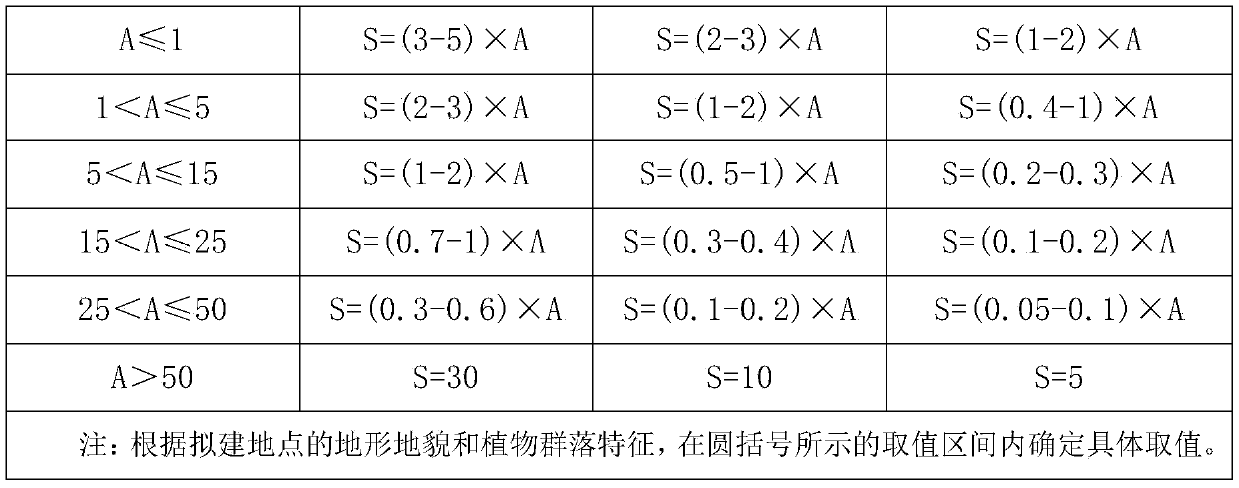Method for determining number, position and area of tiny-population wild plant protection reserves
A technology of the number of plots and populations, applied in the field of wild plant protection, can solve the problems of lack of unity in planning and design, weak management and maintenance sustainability, and weak connection between biological and ecological characteristics, etc.
- Summary
- Abstract
- Description
- Claims
- Application Information
AI Technical Summary
Problems solved by technology
Method used
Image
Examples
Embodiment Construction
[0024] The technical solutions in the embodiments of the present invention will be clearly and completely described below in conjunction with Attached Table 1. Apparently, the described embodiments are only some of the embodiments of the present invention, not all of them. Based on the embodiments of the present invention, all other embodiments obtained by persons of ordinary skill in the art without making creative efforts belong to the protection scope of the present invention.
[0025] Based on the biological and ecological characteristics of the target species, determine the number, location and area of wild plant conservation areas with extremely small populations. Specifically include:
[0026] (1) Determine the number of planned protected areas and the location of each protected area according to the population quantity, population size and current protected status of the target species;
[0027] (2) Determine the area coefficient of the protected area according to t...
PUM
 Login to View More
Login to View More Abstract
Description
Claims
Application Information
 Login to View More
Login to View More - R&D
- Intellectual Property
- Life Sciences
- Materials
- Tech Scout
- Unparalleled Data Quality
- Higher Quality Content
- 60% Fewer Hallucinations
Browse by: Latest US Patents, China's latest patents, Technical Efficacy Thesaurus, Application Domain, Technology Topic, Popular Technical Reports.
© 2025 PatSnap. All rights reserved.Legal|Privacy policy|Modern Slavery Act Transparency Statement|Sitemap|About US| Contact US: help@patsnap.com


